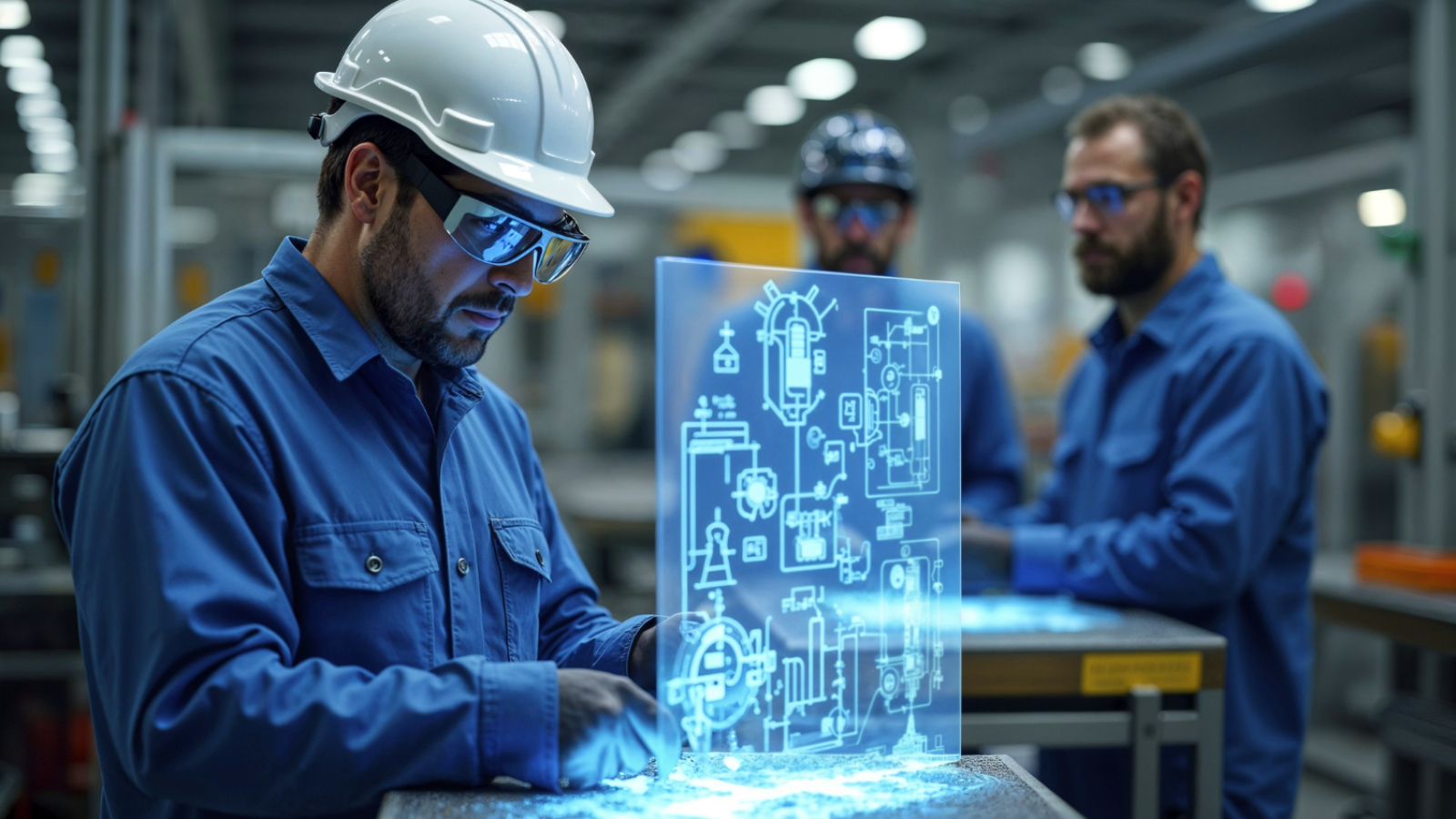The current highly competitive industrial environment no longer lets automation be merely an advantage. Artificial Intelligence (AI) is at the center of this revolution as it changes the way factories work, decisions are made, and products are delivered. With the application of AI to industrial automation practices, enterprises can open a new level of productivity, efficiency, and innovation.
The Rise of AI in Industrial Automation
Automation of industry goes back to the decades when repetitive operations were optimized and human error was reduced by automating using robots and control systems. Yet, the conventional automation systems are inflexible and are based on the usage of preprogrammed instructions. That is where AI comes in, bringing automation, the capacity to learn and continuously adapt, and getting smarter.
Automation supported by AI entails the utilization of machine learning, real-time analytics data, and computer vision to empower machines to make rational decisions. This trend of transformation of rule-based operations into intelligent systems is redefining the manufacturing processes in such industries as carmaking, electronic products, drug production, and food production.
Key Benefits of AI-Powered Industrial Automation
Predictive Maintenance
Predictive maintenance is one of the most potent uses of AI in industrial automation. Artificial intelligence algorithms are capable of predicting machine malfunctions in time by studying sensor and mechanical data. This not only minimizes downtimes but also increases the life span of machines, which saves a lot of cost on maintenance.
Quality Control and Inspection
Computer vision systems, powered by AI, can detect defects in products faster and more accurately than human inspectors. These systems learn from previous errors and continuously improve their detection capabilities, leading to better product quality and fewer recalls.
Optimized Production
AI can dynamically adjust production lines based on real-time conditions such as demand fluctuations, raw material availability, and supply chain constraints. This responsiveness ensures optimal resource utilization and reduces waste, aligning with sustainable manufacturing goals.
Enhanced Safety
AI enhances worker safety by monitoring working conditions, identifying hazards, and even operating machinery in high-risk environments. Smart robots and collaborative machines (cobots) can work alongside humans, taking over dangerous tasks and reducing workplace accidents.
Challenges and Considerations
Although the merits can require a lot of benefits, the use of AI in industrial automation is not without issues. The implementation may be burdened due to the high start-up figures, data security issues, and the requirement of experienced staff to run artificial intelligence systems. In addition, legacy systems might need massive modernizations to be compatible with the AI technologies.
The other factor is the ethical and work force factor. With machines gradually getting more independent, the demands around reskilling employees and re-defining jobs are increasing so that human talent can be supplemented by AI, instead of being eliminated.
Looking Ahead: The Smart Factory
The smart factory is the future of industrial automation as a means of interconnected environment that allows machines, systems and people to work in real-time using automatized solutions. The brains behind these operations will be AI and it will be making decisions, predicting outcomes and leading to the continuous improvement.
Businesses which invest in automation enabled by AI now are not only enhancing operations but are laying their groundbase in being competitive in the long run in the digital economy. When the technology becomes even more mature and available, there will not be a choice of whether to use it or not but it will be mandatory.
To sum up, the innovation of the industrial automation with AI is not only about technology but also about the redesign of the industry functioning. Through such strength of synergy, companies will be able to tap into unforeseen and untapped opportunities and succeed even in the times of Industry 4.0.


Add a Comment